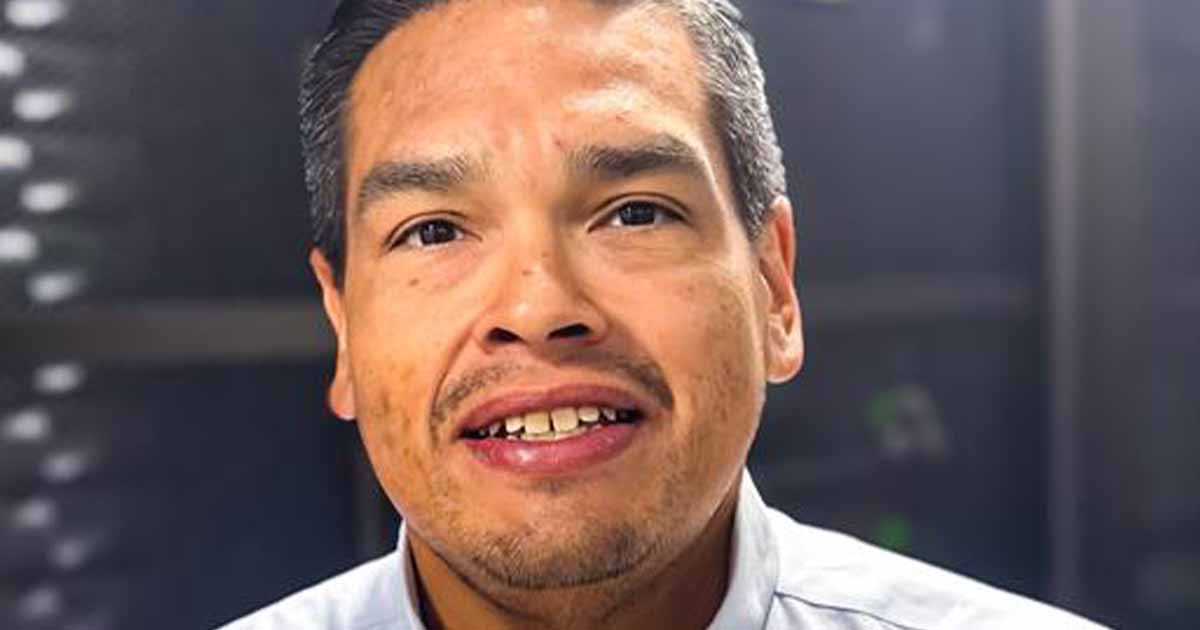
Artesia General Hospital is a 25-bed acute care facility in rural southeastern New Mexico. It has 16 clinics across the region, a main campus located in Artesia, and remote facilities located in Carlsbad. Its services cover a wide range of specialties including family practice, endocrinology, orthopedics, cardiology, urology, traditional inpatient and ER.
The small hospital found it critical to keep its IT systems on premise rather than move to the cloud because it is in an area with frequent internet connectivity issues. Its core EHR and revenue cycle applications are from TruBridge, formerly CPSI.
It recently completed a major expansion of its onsite data center to sustain top-tier patient care for the long term. It is vital to the physician-led executive team that Artesia General is equipped to meet community and patient needs for years to come.
Eric Jimenez is CIO at Artesia General Hospital. We spoke with him to discuss, based on all of these experiences, tips for IT success when partnering with a legacy vendor, the value of optimizing current systems over rip and replace, and facilitating social determinants of health data capture in small hospitals.
Q. What are some tips for health IT success when working with a legacy vendor?
A. In our experience with a legacy vendor, we’ve been able to meet the needs of our community while remaining adaptable to new technology and system enhancements. We stay agile to emerging tech and new end-user requirements in partnership – not against – our legacy vendors.
For example, we communicate with our providers to ensure they are never bogged down in the EHR and unable to address patient needs in a timely manner. It is my top priority to bring the right tech investments to the right areas at the optimal time.
One of my tips for any IT team would be to facilitate cross-department relationships in your facility as it relates to legacy systems. The most productive, efficient enhancements or upgrades are built when IT professionals understand the pain points of end users and resolve those challenges in partnership with existing system vendors.
Additionally, it’s important to know that collaboration with your EHR partner is an enterprise-wide effort. The right partner should not be chosen by IT alone, which is why input from stakeholders throughout the facility is important. I also advise my peers not to rush this decision and take time to evaluate which technology works best for your facility.
Q. What is the value of optimizing current systems over rip and replace?
A. There are several benefits to optimization over rip and replace. Some of the most significant positives I’ve seen include lower costs, saved time and improved workflows.
When we began this journey, our facility was bumping against meaningful use challenges and needed to migrate to one EHR system that met our needs. As a small, acute care health system, we needed a vendor that understood us. We now have the proper tools to deliver high-quality care at the right cost and complexity for our facility.
Additionally, adaptations and regular improvements to the technology have kept our systems up to date and prevented the need to undergo a new integration. Optimization saves clinicians time so they can continue to use systems they already know while we work to tweak and resolve hurdles. We aim to keep our physicians as efficient and effective as possible, which is why we prefer to enhance our current technology over tedious and costly implementation of new systems.
Through this process, we’ve learned the patient journey is at the heart of any successful implementation. Regular dialogue between IT teams, executive leadership, clinical teams and vendors is essential to successful implementation and adaptation of technology and continued relationships. You and your team must understand each step in this process and work together to relieve undue burden on patients and staff.
As we look to the future, we continue to seek avenues for growth. We have goals to improve patient and employee experience and know our technology has room for AI and robotic process automation to lift burden. However, with any new technology, we follow an intentional approach to integration. We feel confident we’re able to elevate current systems without the need to overhaul workflows our clinical teams are accustomed to.
Q. How are you facilitating social determinants of health data capture in your small hospital?
A. Our facility values SDOH as an important window into the overall wellbeing of our community. As a rural organization, there are unique challenges and considerations we must be aware of in our patient population. Patient privacy is even more important when caregivers and patients are also neighbors and friends.
We needed to comply with the new CMS requirements for SDOH data capture and ensure patient privacy and minimize impact on nursing staff. Here are a few best practices we’ve implemented to achieve all three goals.
First, tap case managers to perform SDOH data capture. Nurses were already required to complete a large amount of paperwork upon admission, so additional documentation was not ideal. Case managers were already required to meet with each patient before discharge. Case managers now collect data at the bedside, which increases compliance and creates a comprehensive window into the social needs of our community.
Second, respect patient privacy. Case managers take an educational approach to the process. Patients and their families are willing to share sensitive information when they realize that SDOH data helps us provide better overall care.
And third, evaluate your SDOH data. We gathered and analyzed data early in the process. Data revealed transportation gaps across our community. In response, we started an Artesia General shuttle service to transport patients to and from their appointments. With accurate SDOH data, we are better equipped to meet the needs of our patients and community.
Follow Bill’s HIT coverage on LinkedIn: Bill Siwicki
Email him: bsiwicki@himss.org
Healthcare IT News is a HIMSS Media publication
